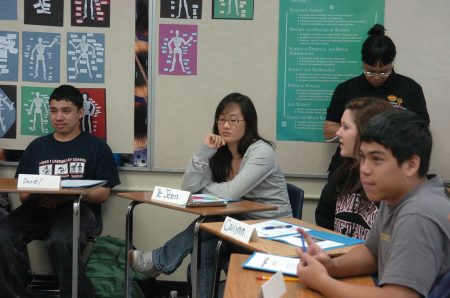
June 21, 2017
More teenagers choosing summer studies over jobs


June 21, 2017

Alida Monaco doesn’t spend her summers doing the usual teenage stuff, like working at the mall or flipping burgers. Instead, she’s studying special relativity and astrophysics — by choice.
Monaco, 18, a recent high school graduate in New York City, spent upwards of three hours a day on homework while in high school. Summer classes allowed her more time to learn new things.
“I chose to go to summer school because I wanted more experience,” Monaco said of the physics course she took last summer at Brown University. “Anything else I wouldn’t have had time for. I was booked every day.”
It used to be that a summer job was considered a teenage rite of passage. Today, Monaco, who has never had a summer job, is part of a growing trend of teenagers who are focusing on their studies, even during the summer.
Only 43% of teenagers had a job last summer. That’s down from the 72% of Americans age 16 to 19 who worked in July of 1978, according to the Bureau of Labor Statistics.
Instead of finding them interning in an office or behind a fast food counter, these days, you’ll find many teens in some sort of summer school. Forty-two percent of teenagers were enrolled in classes last summer — almost four times the number of students enrolled in summer school in July 1985. By 2024, teenage workers will make up just 26% percent of the workforce, a reduction of almost half since 1948 when the same age group accounted for more than 52% of workers.
Increased competition, older workers returning to the workforce and weak economic growth are all contributing to the decline of teenagers in the workforce. But as schoolwork grows increasingly intense and homework eats up more and more of a student’s day, data suggest that the biggest reason teens won’t be working this summer is that they simply don’t have time.
“Students are paying more attention to course work and spending more time on school activities,” said Teresa Morisi, branch chief of the Division of Occupational Employment Projections at the BLS.
Coursework isn’t getting any easier either. Between 1982 and 2009, the percentage of high school students taking advanced math classes, such as Calculus, Geometry and Algebra II, has more than doubled. More students are taking Statistics and loading up on foreign languages.
Read more at USAToday.com